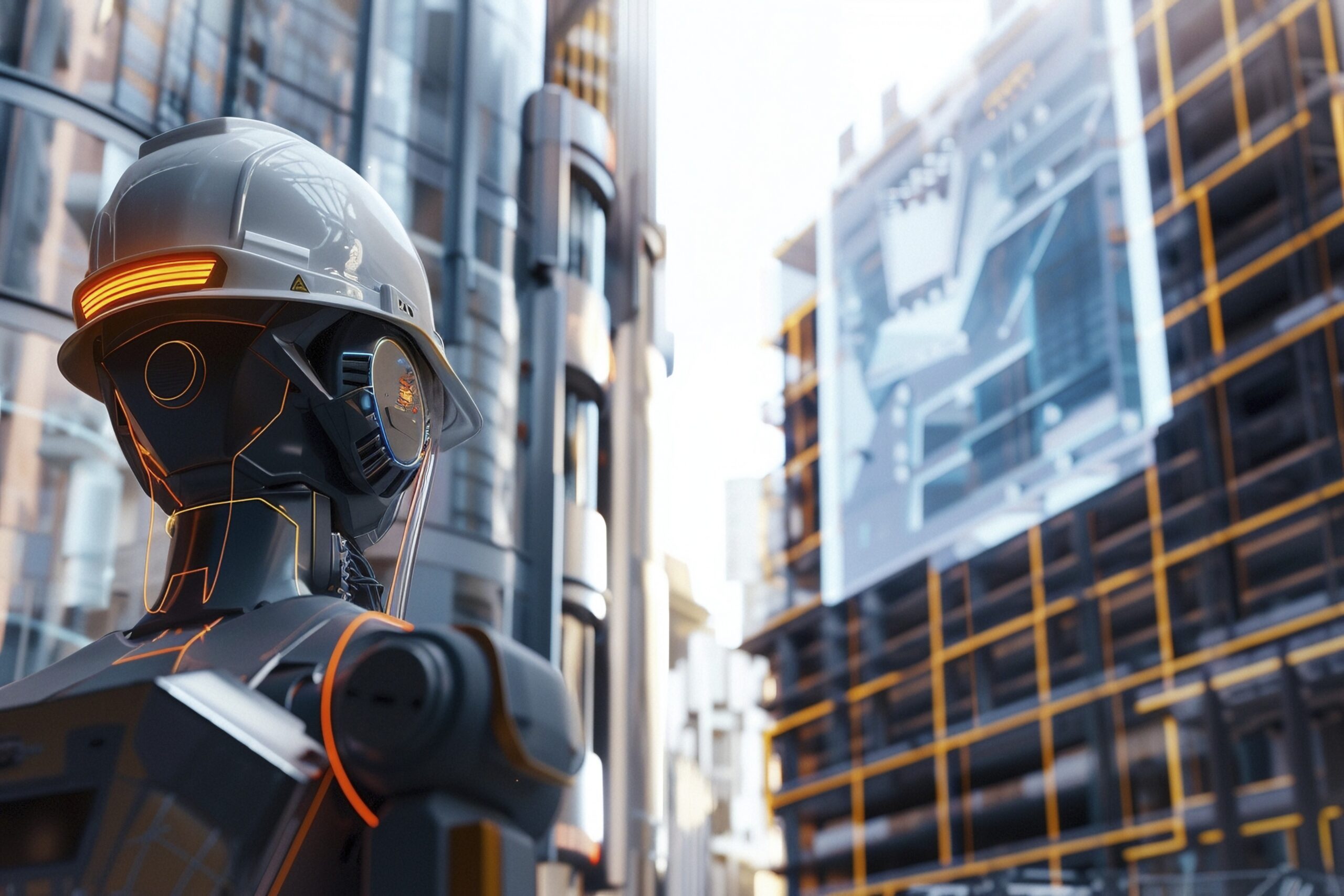Industries are racing into a future shaped by AI, robotics, and automation, but engineering insurance is still playing catch-up. The machines we insure today aren’t the ones we insured yesterday, and they are certainly not the ones we’ll insure tomorrow.
Just as lithium-ion batteries reshaped conversations around fire risk and suppression, the rise of intelligent machines demands a new conversation about cover. Automation optimises production, streamlines logistics, enhances safety, redefines the risks we cover, policy language, and the boundaries of our product lines.
1. The Evolution of Equipment Risk
Equipment breakdown no longer means a snapped drive belt or burnt-out motor. Today’s assets are embedded with sensors, powered by software, and are increasingly autonomous. A corrupted update or algorithmic fault can now halt operations just as much as a mechanical failure.
Examples in action:
- Autonomous haul trucks in mining function more like mobile data centres than mechanical vehicles and no longer require a human driver.
- Robotic arms on production lines rely on machine learning, but remain vulnerable to software bugs, sensor faults, or malicious interference.
The key question and consideration for insurers is whether we insure hardware, software, or both. Regardless of the outcome, insurance products must be clearly defined and explicit.
2. The Grey Zones of Cover
Traditional Engineering policies, such as Machinery Breakdown (MB), Plant All Risks (PAR), and Electronic Equipment Insurance (EEI), were not designed for any form of automation or AI. This creates three major challenges:
- Cyber Exclusions versus Digital Dependencies
Most engineering policies exclude cyber risks, but when AI systems fail because of remote updates or compromised data feeds, is the loss a cyber event, an EEI loss, or neither?
- Policy Placement Confusion
Modern plant blurs categories. An autonomous dozer with LIDAR and GPS is still “plant”, but where does its digital brain fit? Current placements often leave gaps.
- Redefining Breakdown
EEI policies hinge on “electrical or mechanical breakdown.” But what about corrupted algorithms or sensor errors that stop production without any physical damage?
As Munich Re notes in their article, attributing responsibility when robots malfunction is increasingly complex, affecting both liability and first-party cover.
3. Implications for Traditional Policy Lines
As automation expands, insurers must ask:
- Are our products evolving at the same pace as client technology?
- Do we have the underwriting expertise to assess AI-integrated risk?
- Are we bridging the cyber/engineering divide?
Hybrid solutions such as revised wordings, new endorsements, or joint engineering and cyber approaches will be required. In South Africa, demand is already evident in the mining, renewable energy, and smart buildings sectors.
4. A Call for Collaboration
The way forward lies in cross-industry collaboration:
- Work with brokers and clients to understand on-site automation.
- Partner with Original Equipment Manufacturers (OEMs) to clarify machine architecture.
- Engage with cyber specialists to create more complete cover.
“When automation builds the future, insurance must build the safety net.”
We started this journey with lithium-ion battery risks. Now, as AI and robotics become embedded in everyday operations, the engineering insurance market must respond with the same agility.
Consort Technical Underwriting Managers (Pty) Ltd is an Authorised Financial Services Provider (FSP 2273) and underwritten by Lombard Insurance Company Limited (FSP 1596), an Insurer licensed to conduct non-life insurance business.

